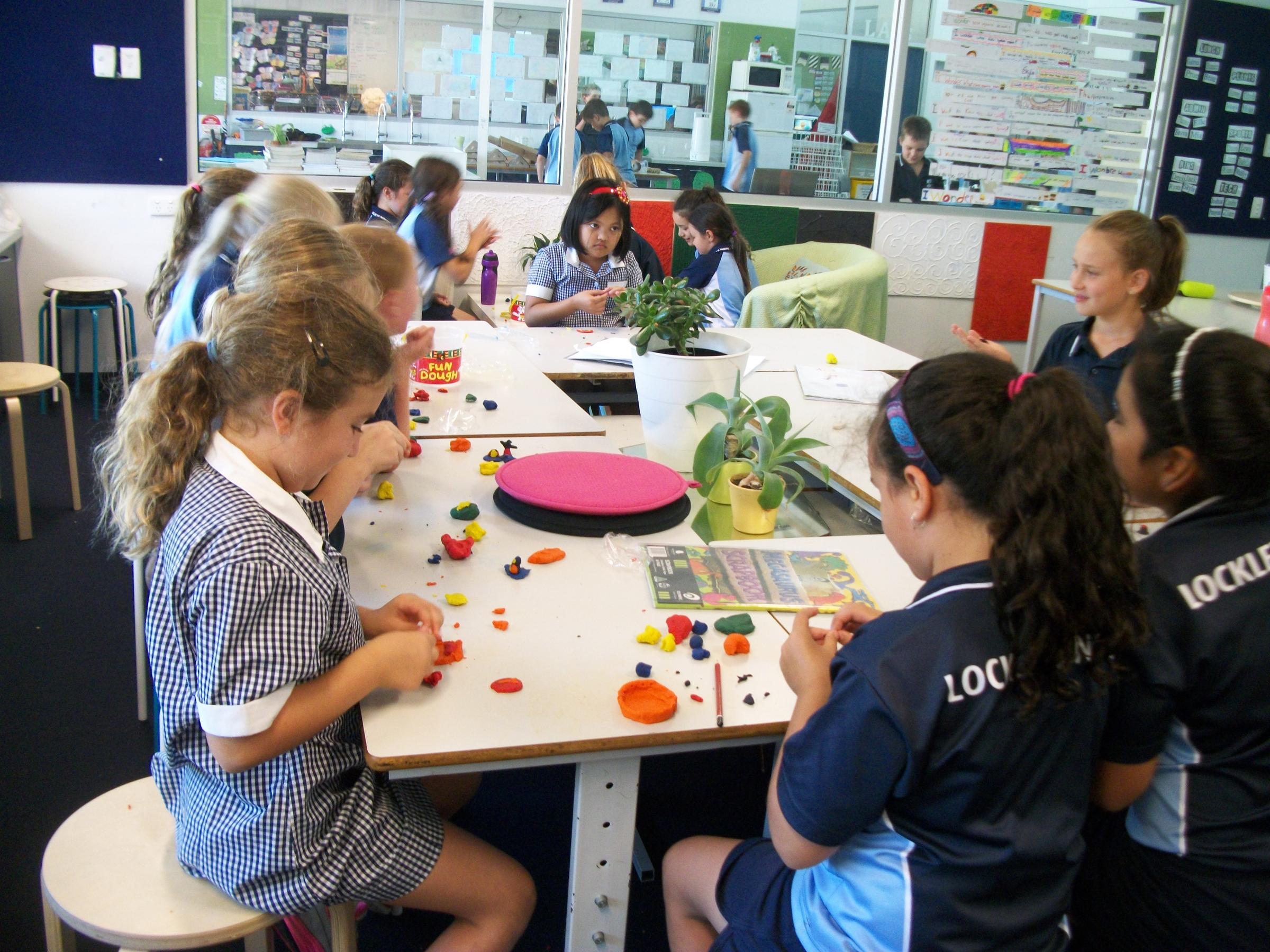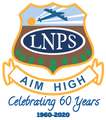The Arts

The Arts
Students in year 3 and 4 are studying The Arts on Fridays between recess and lunch, with each teacher facilitating a different strand. Sofia Andreucci is teaching Dance in the gym, Sarah Kroemer is teaching Media Arts in LA 17, Kathryn Baker is teaching Visual Art in the Aula and Belinda Haley is teaching Drama/Music in LA 19. To begin with, each class is remaining with their class teacher, but will rotate each term so that studies in each strand are undertaken.
Here is some information from the Australian Curriculum about what students learn in The Arts:
In Years 3 and 4, learning in The Arts builds on the experience of the previous band. It involves students making and responding to artworks independently and collaboratively with their classmates and teachers.
As they experience The Arts, students draw on artworks from a range of cultures, times and locations. As they make and respond to artworks, students explore meaning and interpretation, elements and forms, and social and cultural contexts of the arts.
Students continue to learn about safe practices in the arts and in their interactions with other artists. Their understanding of the role of the artist and the audience builds on their experience from the previous band. As an audience, students focus their attention on the artwork and respond to it. They consider why and how audiences respond to artworks.
In Years 3 and 4, students’ awareness of themselves and others as audiences is extended beyond the classroom to the broader school context.
In Dance, students:
- extend their awareness of the body as they incorporate actions using different body parts, body zones and bases
- explore and experiment with directions, time, dynamics and relationships using groupings, objects and props
- extend their fundamental movement skills by adding and combining more complex movements
- use technical skills including accuracy and awareness of body alignment
- explore meaning and interpretation, elements and forms including shapes and sequences of dances as they make and respond to dance
- use expressive skills including projection and focus when performing dance for themselves and others.
In Drama, students:
- extend their understanding of role and situation as they offer, accept and extend their ideas in improvisation
- vary voice and movement to create role when devising drama
- learn about focus, tension, space and time in their own and others’ drama
- explore meaning and interpretation, forms and elements including voice, movement, situation, time and place, and tension as they make and respond to drama
- use language and ideas to shape dramatic action
- use story structures to shape drama for audiences.
In Media Arts, students:
- extend their understanding of structure, intent, character and settings
- use composition, sound and technologies
- consider themselves as audiences and explore other audience groups
- explore institutions (individuals, communities and organisations) to understand purpose and process when producing media artworks
- explore meaning and interpretation, and forms and elements including structure, intent, character, settings, composition, time, space and sound as they make and respond to media artworks
- discuss the ethical behaviour of individuals when producing media artworks for a variety of audiences
- recognise appropriate and inappropriate use of other people’s images and work in the making of media artworks.
In Music, students:
- extend their understanding of the elements of music as they develop their aural skills
- match pitch and show the direction of a tune with gesture or drawings
- recognise difference between notes moving by step and by leap
- recognise and discriminate between rhythm and beat
- explore meaning and interpretation, forms, and elements including rhythm, pitch, dynamics and expression, form and structure, timbre and texture as they make and respond to music
- learn to listen as performers and as audience, extending their awareness of themselves and others as performers and as audience.
In Visual Arts, students:
- extend their awareness of visual conventions, and observe closely visual detail as they use materials, techniques and technologies and processes in visual arts forms
- explore and experiment with visual conventions such as line, shape, colour and texture to develop an individual approach to a theme or subject matter
- explore, observe and identify ideas and symbols used and adapted by artists in their artworks as they make and respond to visual arts
- consider how and why artists, craftspeople and designers realise their ideas through different visual representations, practices, processes and viewpoints.
